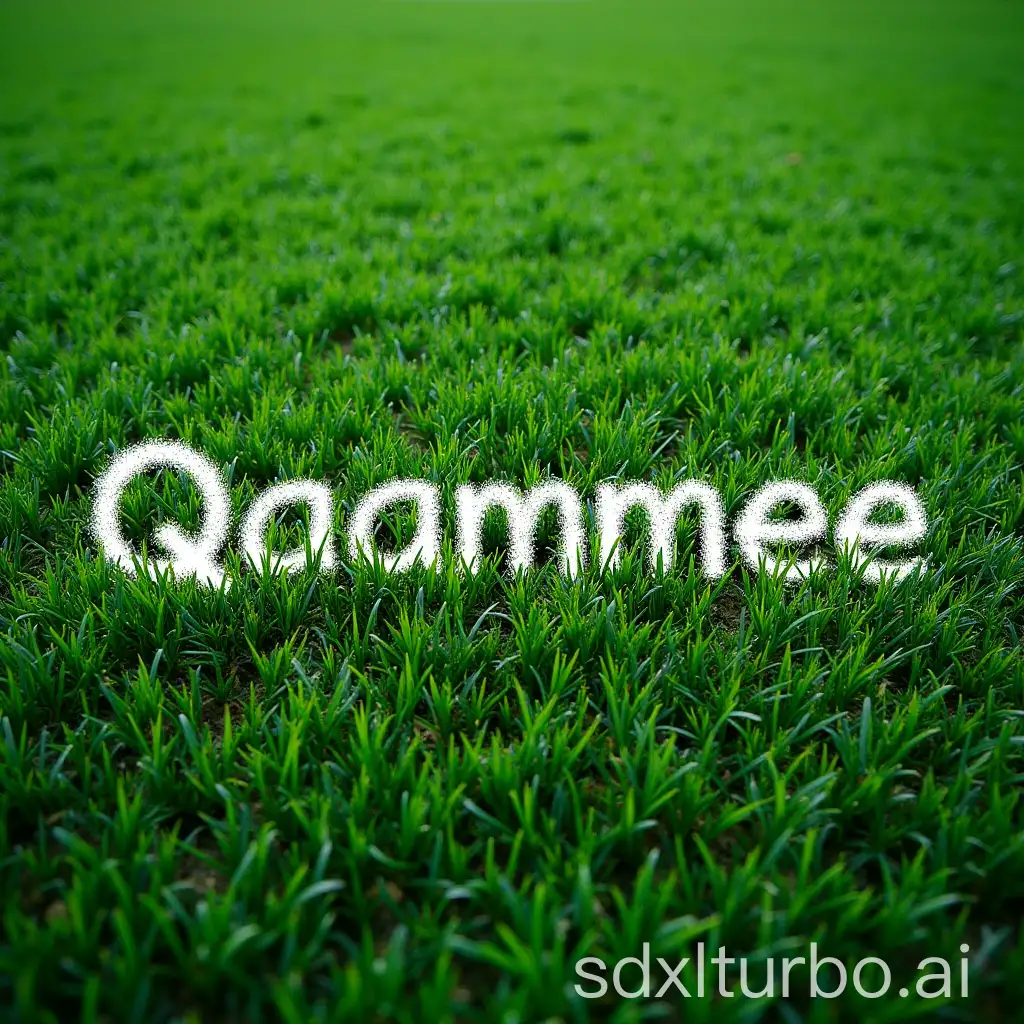Free typographic art Image Generator
Just imagine, and we'll instantly return a variety of personalized typographic art images—designed to bring your creativity to life! Generated by
- 4:3
- 3:4
- 1:1

image.state.default



Typographic art combines text with visual elements to create compelling designs, often seen in advertising, branding, and digital content. Originating from early printmaking and graphic design, it has evolved with technology, allowing for innovative expressions that merge typography with visual arts. Today, typographic art encompasses a wide range of styles, from minimalist typefaces to bold, experimental designs that utilize 3D effects, gradients, and animations.
Understanding Typographic Art: Definition and Its Creative Evolution
Typographic art is characterized by its use of text as the primary visual element. This art form often features creative layouts, dynamic lettering, color contrasts, and various typographic techniques like kerning, tracking, and leading to create a unique visual impact. It finds applications in various domains including posters, book covers, digital marketing campaigns, and product packaging. Designers use typographic art to convey messages, emotions, or brand identity through visual storytelling that goes beyond mere text.
Characteristics and Applications of Typographic Art
Modern typographic art has been popularized by designers like Paula Scher, who transformed New York’s cultural landscape with her innovative use of type, and Neville Brody, known for his experimental typography in the realm of magazine design. Examples like Nike’s bold, text-driven ad campaigns or The New York Times' dynamic web typography showcase how this art form has influenced contemporary aesthetics and communication strategies.
Notable Examples of Typographic Art in Modern Culture
To create your own typographic art, start by selecting a theme or message and choosing a font that reflects the tone. Experiment with different layouts, colors, and styles to add visual interest. Tools like Adobe Illustrator, Canva, and Procreate offer a range of templates and customization options to help you design unique typographic pieces. For those looking to generate AI-powered typographic art, platforms like our website provide easy-to-use editors to refine prompts and create personalized designs.
Creating Your Own Typographic Art: Tips and Tools for Beginners